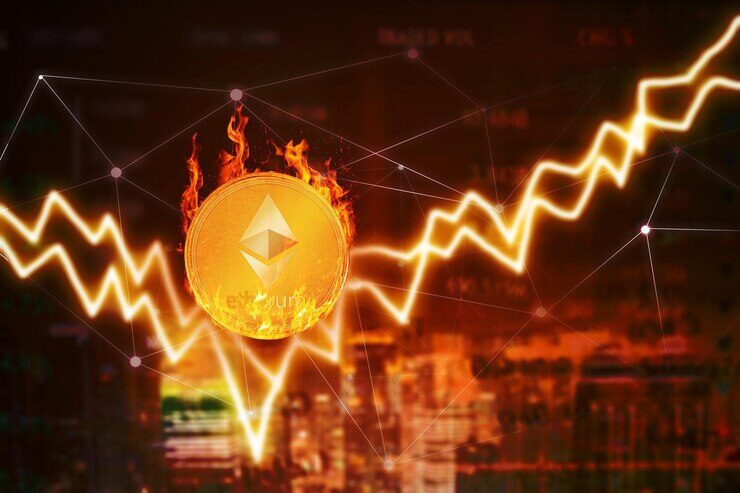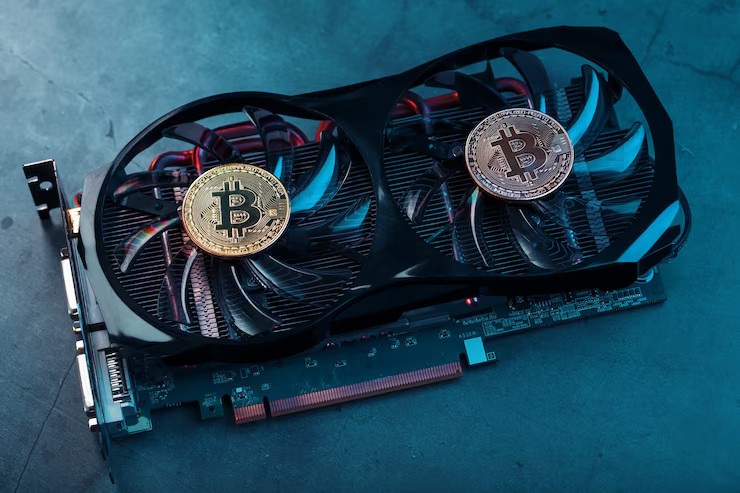Tesla’s flirtation with Bitcoin once reshaped market sentiment — but now serves as a striking example of what could have been.
Back in February 2021, Tesla jolted the crypto world with a $1.5 billion BTC investment. Bitcoin jumped to $47,000, and institutional interest hit a new peak. Unlike smaller players like MicroStrategy, Tesla brought unmatched visibility to the crypto space.
CEO Elon Musk added hype with frequent crypto-centric tweets. He even teased Dogecoin and briefly added “#bitcoin” to his Twitter bio, igniting a short-term rally. Tesla then said it would accept BTC payments for its cars — a bold step toward adoption.
But by May, Tesla reversed course, suspending BTC payments due to environmental concerns around Bitcoin mining. Musk cited coal-based electricity usage and said crypto payments could resume if renewable energy met at least 50% of the mining load. Though that threshold may have been met since, Tesla hasn’t reinstated the option.
Tesla began to reduce its holdings soon after. In Q1 2021, it sold 10% of its Bitcoin — later claiming this was to demonstrate liquidity. By mid-2022, the company had sold 75% of the remaining stash, cashing out 29,060 BTC at a steep discount to today’s prices. That decision cost the company potentially billions in unrealized gains.
Now, Tesla ranks sixth in corporate BTC holdings, far behind the likes of Galaxy Digital and Strategy. With 11,509 BTC left, its early bold stance has lost impact.
Recent financials show no BTC purchases or sales, but Tesla’s business outlook is bleak. Q1 car deliveries dropped 20% YoY, and earnings fell 70%. Musk told analysts he would prioritize Tesla over his duties in Trump’s administration, but damage has already been done — including brand blowback and shareholder unrest.
With Musk absent from crypto discourse since 2022, the visionary who once stirred up excitement in digital assets seems to have moved on. And as Bitcoin’s value continues to rise, Tesla’s exit will be remembered as a costly miscalculation.



